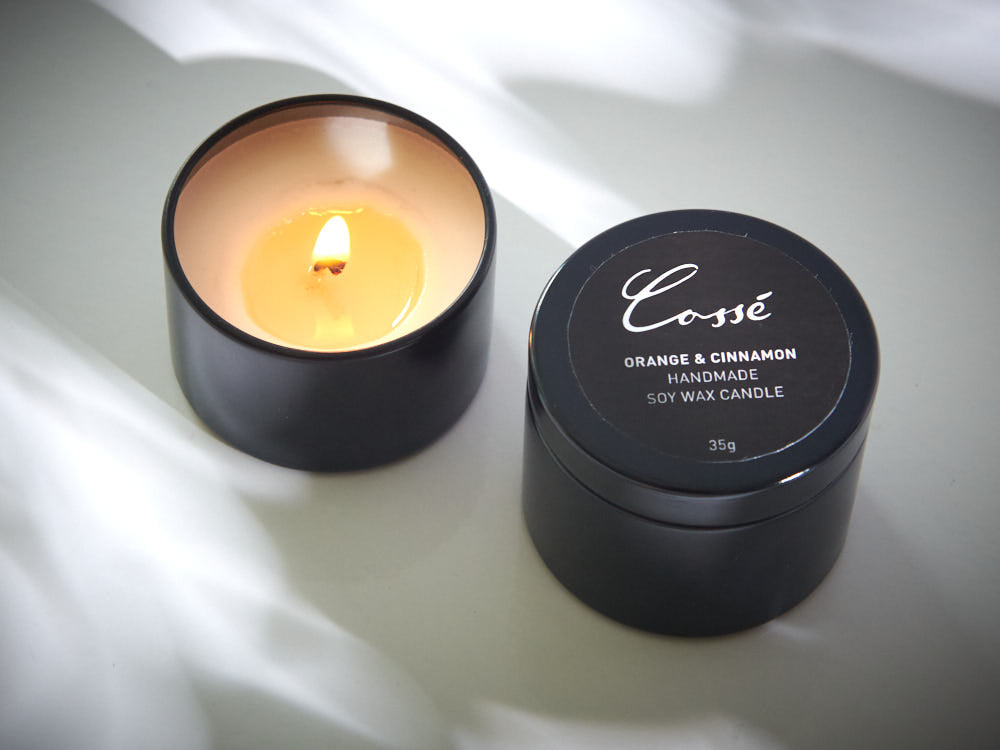Shop Sustainable Soy Wax Candles and Home Fragrance Collections
From Wick to Wax: Recognizing the Chemistry Behind Soy Wax Candles and Their Environmental Impact
As we brighten our areas with the cozy glow of candle lights, there exists a world of intricate chemistry behind the apparently basic act of lighting a soy wax candle. Join us as we decipher the clinical complexities behind soy wax candle lights and explore their ramifications on our setting.
Soy Wax Vs. Paraffin Wax
When contrasting soy wax and paraffin wax for candle light production, it is important to recognize the unique features and benefits of each product. Soy wax is a natural, renewable source stemmed from soybean oil, making it eco-friendly and eco-friendly - candles. In comparison, paraffin wax is a by-product of petroleum refining, which elevates issues concerning its ecological effect and sustainability
Soy wax candle lights burn cleaner and discharge much less residue contrasted to paraffin wax candles, making them a healthier choice for interior air high quality. Furthermore, soy wax has a reduced melting point, permitting a longer-lasting candle light that spreads scent a lot more efficiently. Paraffin wax, on the other hand, has a tendency to shed faster and less easily, potentially launching dangerous chemicals right into the air.
From a sustainability point of view, soy wax is favored for its biodegradability and renewable sourcing, lining up with the expanding customer preference for environmentally mindful items. While paraffin wax has been a conventional option in candle light making because of its affordability and ease of use, the shift in the direction of green choices like soy wax is obtaining energy in the market.
Chemical Composition of Soy Wax

Burning Process in Soy Candles
The chemical structure of soy wax directly affects the combustion process in soy candle lights, affecting elements such as melt time, fragrance launch, and environmental influence. When a soy candle light is lit, the warmth from the fire melts the wax near the wick.
The combustion efficiency of soy candle lights is influenced by the purity of the soy wax and the quality of the wick. In addition, soy wax candle lights have a reduced environmental effect contrasted to paraffin candles due to their naturally degradable and eco-friendly nature.

Ecological Advantages of Soy Wax

Considered a sustainable choice to traditional paraffin wax, soy wax offers notable environmental advantages that make it a preferred option amongst eco-conscious consumers. One significant benefit of soy wax is its eco-friendly sourcing. Soy wax is derived from soybean oil, which is mostly cultivated in the USA. The farming of soybeans aids sustain regional farmers and minimizes the dependence on non-renewable fossil gas utilized in paraffin wax production. Additionally, soy wax is naturally degradable, suggesting it breaks down naturally without releasing hazardous toxic substances into the atmosphere. This characteristic makes soy wax candle lights a more eco pleasant option contrasted to paraffin wax candle lights, which are made from oil, a non-renewable resource. Furthermore, soy wax burns cleaner and produces much less soot than paraffin wax, contributing to much better indoor air top quality and lowering the demand for cleaning and maintenance. Generally, the environmental benefits of soy wax straighten with the growing need for sustainable and environmentally friendly items on the market.
Recycling and Disposal Considerations
Reusing and correct disposal of soy wax candles play a critical role in preserving ecological sustainability and reducing waste in communities and families. The first step is to guarantee that the candle has shed entirely when it comes to reusing soy wax candle lights. This can be attained by permitting the candle to shed till the wick is no more useful, and afterwards letting the staying wax cool and strengthen. When the wax has strengthened, it can be meticulously gotten rid of from the container.

In regards to disposal, if recycling is not an option, soy wax candle lights are eco-friendly and can be safely dealt with in a lot of household waste systems. It is always suggested to examine with local reusing centers or waste management solutions for particular standards on candle disposal to ensure proper handling and environmental defense.
Final Thought
To conclude, the chemistry behind soy wax candle lights exposes their environmental benefits over paraffin wax candles. Soy wax, acquired from soybean oil, burns cleaner and produces less soot when contrasted to paraffin wax. The combustion procedure in soy candles is more efficient, resulting in a much longer and much more also shed. Furthermore, soy wax is renewable and eco-friendly, making it an extra lasting selection for candle manufacturing. Reusing and proper disposal of soy wax candles better add to their environmental influence.
When comparing soy wax and paraffin wax for candle production, it is crucial to understand the unique attributes and benefits of each material (soy candles).Soy wax candles melt cleaner and emit less residue contrasted to paraffin wax candles, making them a healthier option for interior air high quality.Thought about a lasting choice to traditional paraffin wax, soy wax provides remarkable ecological advantages that make browse around these guys it a popular choice among eco-conscious customers. Soy wax burns cleaner and generates much less residue than paraffin wax, adding to far better interior air top quality and reducing the need for cleansing and upkeep.In conclusion, the chemistry behind soy wax candles reveals their ecological advantages over paraffin wax candles